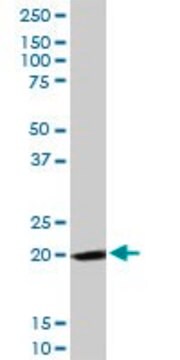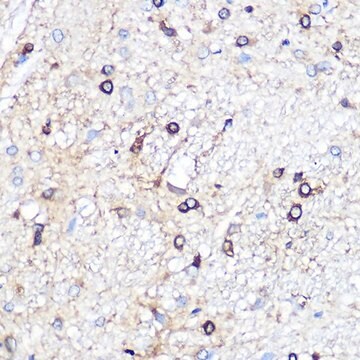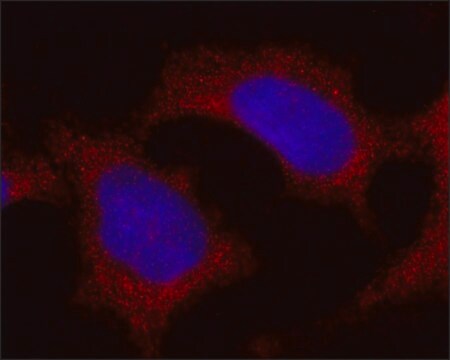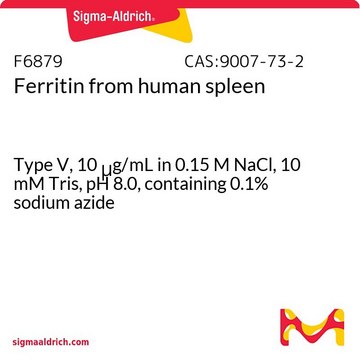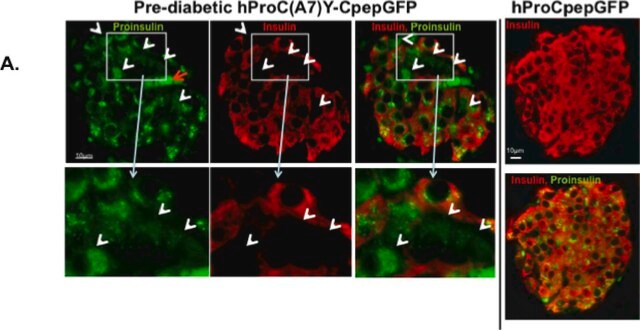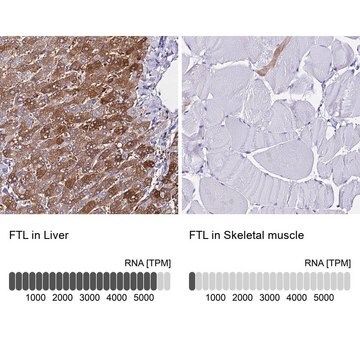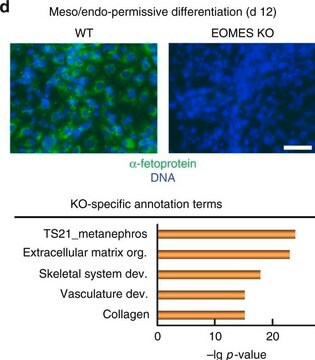F5012
Anti-Ferritin, Human antibody produced in rabbit
whole antiserum, liquid
Synonym(s):
Anti-FHC, Anti-FTH, Anti-FTHL6, Anti-HFE5, Anti-PIG15, Anti-PLIF
About This Item
Recommended Products
biological source
rabbit
Quality Level
conjugate
unconjugated
antibody form
whole antiserum
antibody product type
primary antibodies
clone
polyclonal
form
liquid
contains
15 mM sodium azide
species reactivity
human
technique(s)
Ouchterlony double diffusion: 1:16
UniProt accession no.
storage temp.
−20°C
target post-translational modification
unmodified
Gene Information
human ... FTH1(2495)
General description
Immunogen
Application
- Anti-Ferritin, Human antibody produced in rabbit has been used in:
- immunohistochemistry
- western blotting
- immunocytochemical techniques
Western Blotting (1 paper)
Biochem/physiol Actions
Preparation Note
Disclaimer
Not finding the right product?
Try our Product Selector Tool.
Storage Class Code
12 - Non Combustible Liquids
WGK
nwg
Flash Point(F)
Not applicable
Flash Point(C)
Not applicable
Choose from one of the most recent versions:
Certificates of Analysis (COA)
Don't see the Right Version?
If you require a particular version, you can look up a specific certificate by the Lot or Batch number.
Already Own This Product?
Find documentation for the products that you have recently purchased in the Document Library.
Customers Also Viewed
Our team of scientists has experience in all areas of research including Life Science, Material Science, Chemical Synthesis, Chromatography, Analytical and many others.
Contact Technical Service